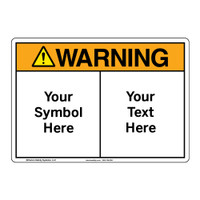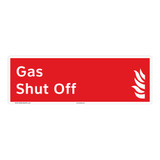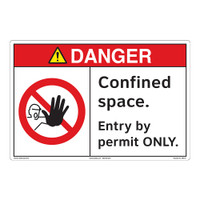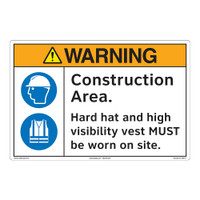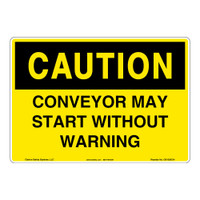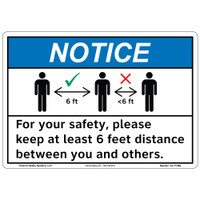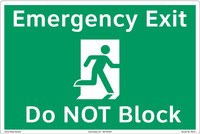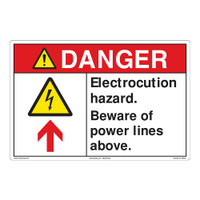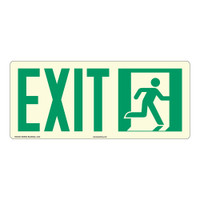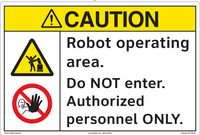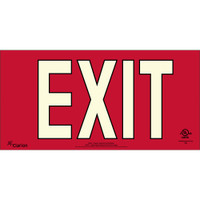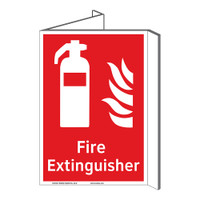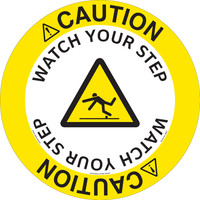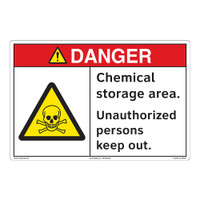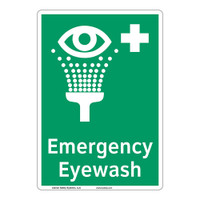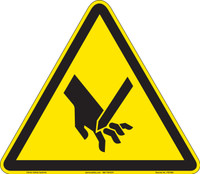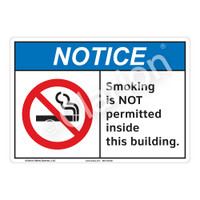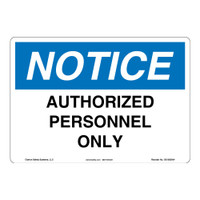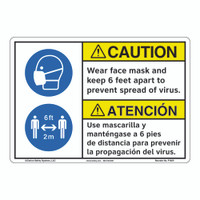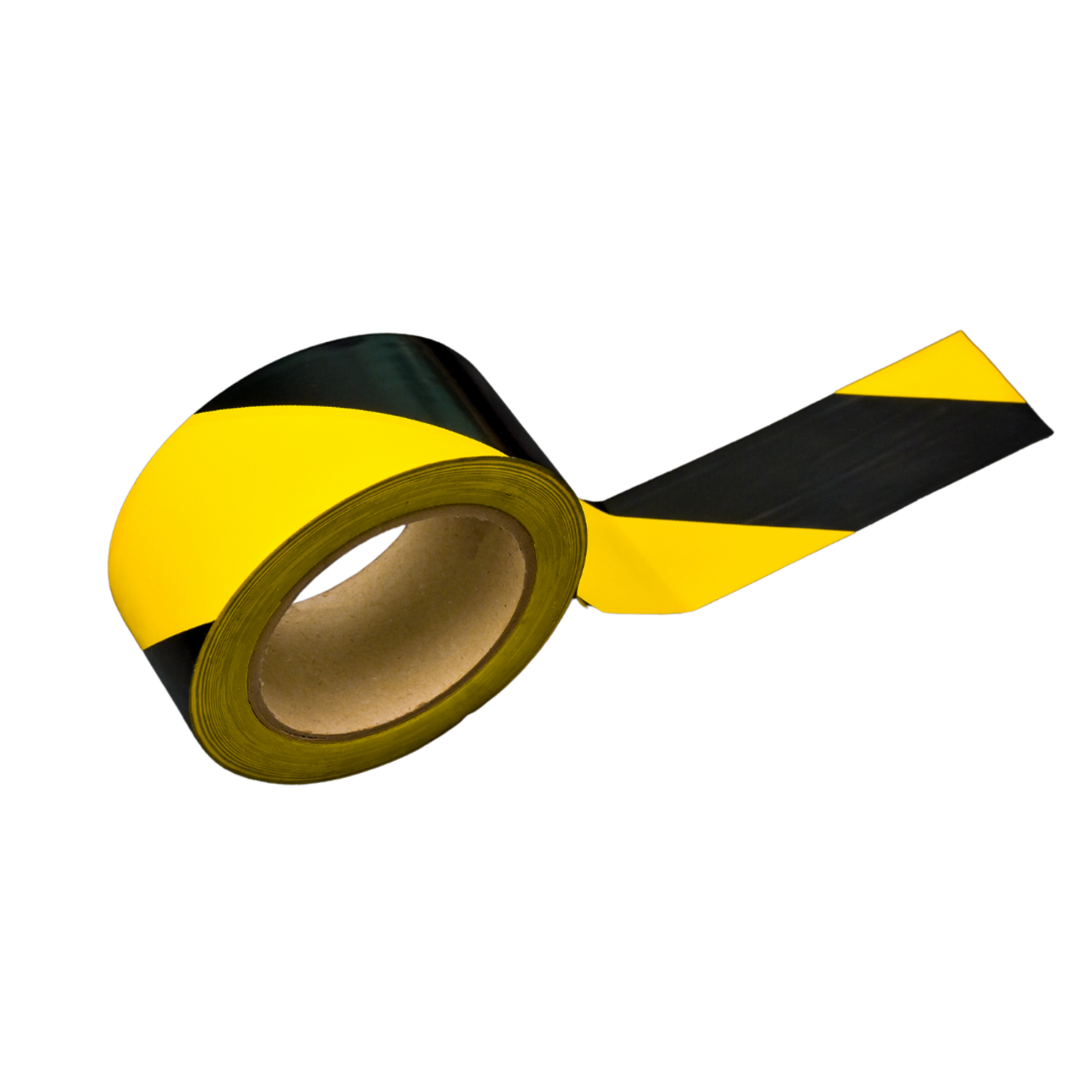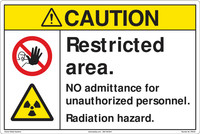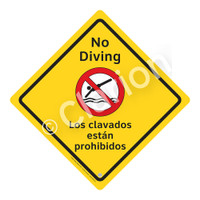-

Emergency Phone Sign (F1068P-)
Starting at $22.57 / each -

First Aid Station Sign (F1053P-)
Starting at $22.57 / each -

Emergency Eyewash Sign (F1048-)
Starting at $8.81 / each -

First Aid Station Sign (F1053-)
Starting at $8.81 / each -

Emergency Eyewash Sign (F1048P-)
Starting at $22.57 / each -

Emergency Phone Sign (F1072P-)
Starting at $29.35 / each -

AED Sign (F1033P-)
Starting at $22.57 / each -

Emergency Eyewash Sign (F1052P-)
Starting at $29.35 / each -

Emergency Shower Sign (F1038P-)
Starting at $22.57 / each -

Emergency Stretcher Sign (F1066-)
Starting at $14.85 / each -

Emergency Shower Sign (F1038-)
Starting at $8.81 / each -

Emergency Stretcher Sign (F1067F-)
Starting at $19.42 / each -

AED Sign (F1033-)
Starting at $8.81 / each -

AED Sign (F1037P-)
Starting at $29.35 / each -

Emergency Eyewash Sign (F1048F-)
Starting at $17.17 / each -

Emergency Eyewash Sign (F1051-)
Starting at $14.85 / each -

Emergency Eyewash Sign (F1052-)
Starting at $15.32 / each -

Emergency Phone Sign (F1072-)
Starting at $15.32 / each -

Emergency Stretcher Sign (F1063F-)
Starting at $17.17 / each -

First Aid Station Sign (F1057P-)
Starting at $25.66 / each -

SDS Station Sign (F1047-)
Starting at $15.32 / each -

Emergency Phone Sign (F1068-)
Starting at $8.81 / each -

Emergency Shower Sign (F1038F-)
Starting at $17.17 / each -

First Aid Station Sign (F1057-)
Starting at $15.32 / each -

AED Sign (F1037-)
Starting at $15.32 / each -

Emergency Shower Sign (F1040-)
Starting at $14.85 / each -

Emergency Stretcher Sign (F1067P-)
Starting at $29.35 / each -

SDS Station Sign (F1043-)
Starting at $8.81 / each -

SDS Station Sign (F1043P-)
Starting at $22.57 / each -

Emergency Eyewash Sign (F1049-)
Starting at $14.85 / each -

Emergency Shower Sign (F1039-)
Starting at $14.85 / each -

Emergency Shower Sign (F1041-)
Starting at $14.85 / each -

Emergency Shower Sign (F1042F-)
Starting at $19.42 / each -

Emergency Stretcher Sign (F1064-)
Starting at $14.85 / each -

First Aid Station Sign (F1054-)
Starting at $14.85 / each -

AED Sign (F1033F-)
Starting at $17.17 / each
A co-worker is walking through your facility and suddenly drops to the floor and passes out; do you know where your nearest automated external defibrillator (AED) is to help them? A charging forklift battery explodes and an employee is exposed to corrosive liquids; can they easily and quickly find the emergency shower and eyewash stations? Stretchers, first aid stations, evacuation chairs and even life rafts and life jackets fit into this category of safety sign that helps people to quickly find the location of lifesaving safety equipment.
Graphical symbols are at the heart of this signage because they convey their messages across language barriers, and they communicate quickly and intuitively. Color, too, is important. The green referential color of these signs is a specific shade of ISO green meant for “safe conditions and safety equipment location.” Exact color-coding and reproduction of globally accepted symbols, in various sizes and styles, are what sets Clarion’s safety equipment location signage apart. Because of our involvement with writing both the NFPA and ISO standards related to safety signs, we understand how safety equipment location sign systems are meant to be designed and installed.
When it comes to installation, picture the risk situation you’re trying to address. For instance, the need is to find an eyewash station, emergency shower or AED at any time, practically anywhere in your facility, should an incident occur. The optimum situation is that the location of this equipment can be readily seen in every area. But this is rarely the case. Obstacles, partitions, corridors, posts and corners in rooms exist. Various safety equipment resides in different places. So the best safety practice is to post a safety equipment location sign above the actual equipment, and then install directional versions of the same sign pointing to the direction of the equipment whenever people cannot actually see the equipment (or its “above-the-equipment” sign). In this way, either the equipment or the direction to the equipment is clearly indicated in every area of your facility.
At Clarion, we strongly recommend choosing the photoluminescent versions of our safety equipment location signs. Accidents occur in power-out conditions and the glow provided by your safety equipment location signs will help give people the visual cues they need to orient themselves in even dark environments.
Note that each of our safety equipment location signs can be ordered in flat, panoramic or flag styles to match the viewing angle(s) you expect the sign to be seen from.
